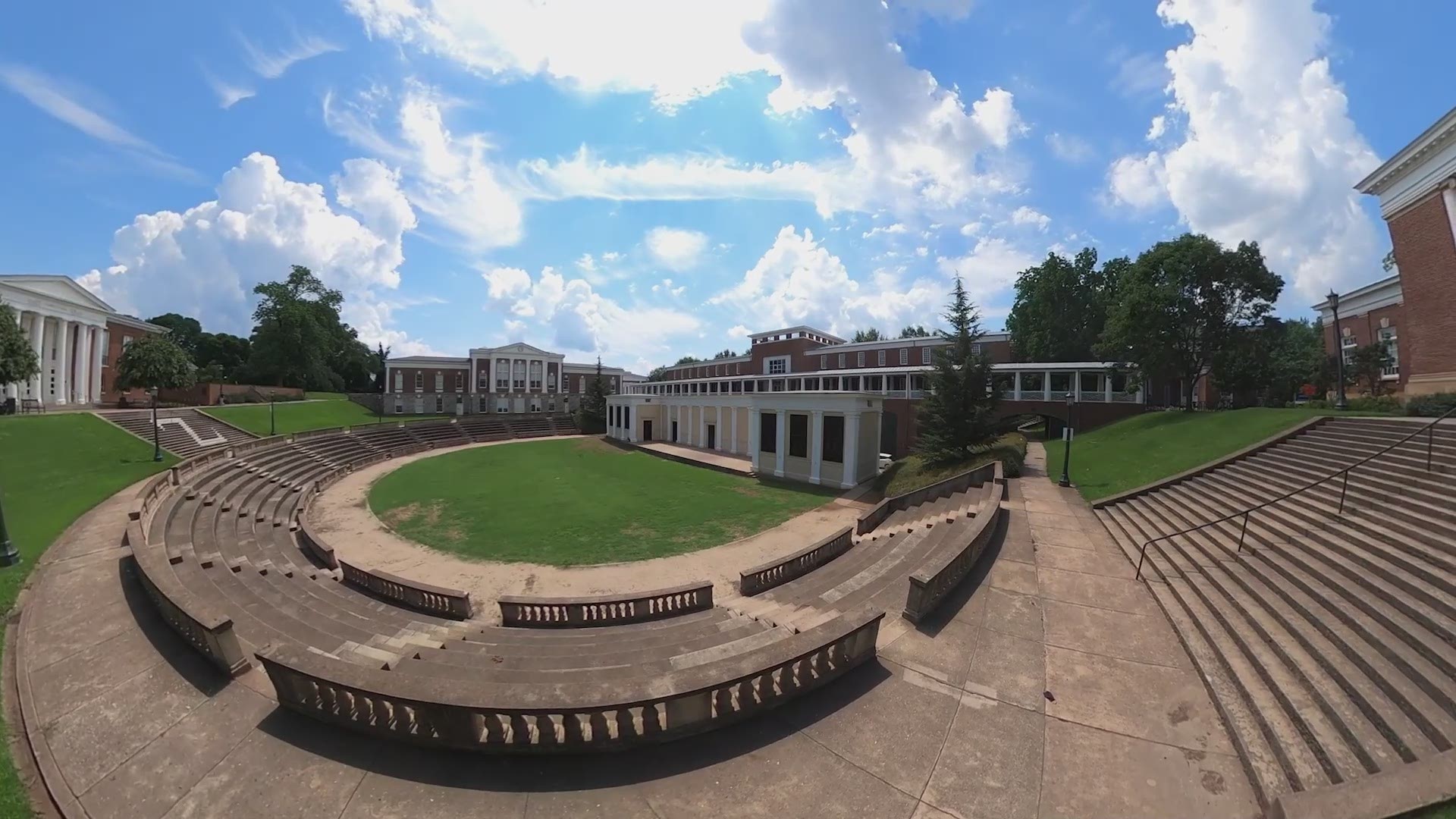CHARLOTTESVILLE, Va. — When Thomas Jefferson founded the University of Virginia in 1819, he wanted to create what he called “an academical village.” Jefferson envisioned students living in close quarters, sharing ideas face-to-face.
“Exchange a diversity of viewpoints and experiences and work, you know, person-to-person with some of the most talented and experienced faculty anywhere on the globe," said UVA Assistant Vice President Brian Coy.
With the pandemic, that philosophy is now dangerous.
“We recognize that this is an uncertain time that people are anxious," Coy wrote in a letter to families and students. "And we want you to know that we're taking every step we can to keep your students safe."


Those steps mean libraries where study tables have clear plastic barriers and classrooms where desks are re-arranged in order for students to keep 6 feet apart – some of the things you can expect while touring UVA’s Charlottesville campus, which give a glimpse into what students can expect for the unusual semester ahead and the additional responsibilities thrust on them at what typically is a more carefree time of life.
"So when a student comes back to this university to study in the fall, they're making an affirmative decision to follow the rules and norms that we have set forth to keep each other in and safe," Coy continued. "So that includes the wearing of masks, physical distancing, limiting social engagements to small numbers of people doing everything we can things we're used to, to keep each other safe."

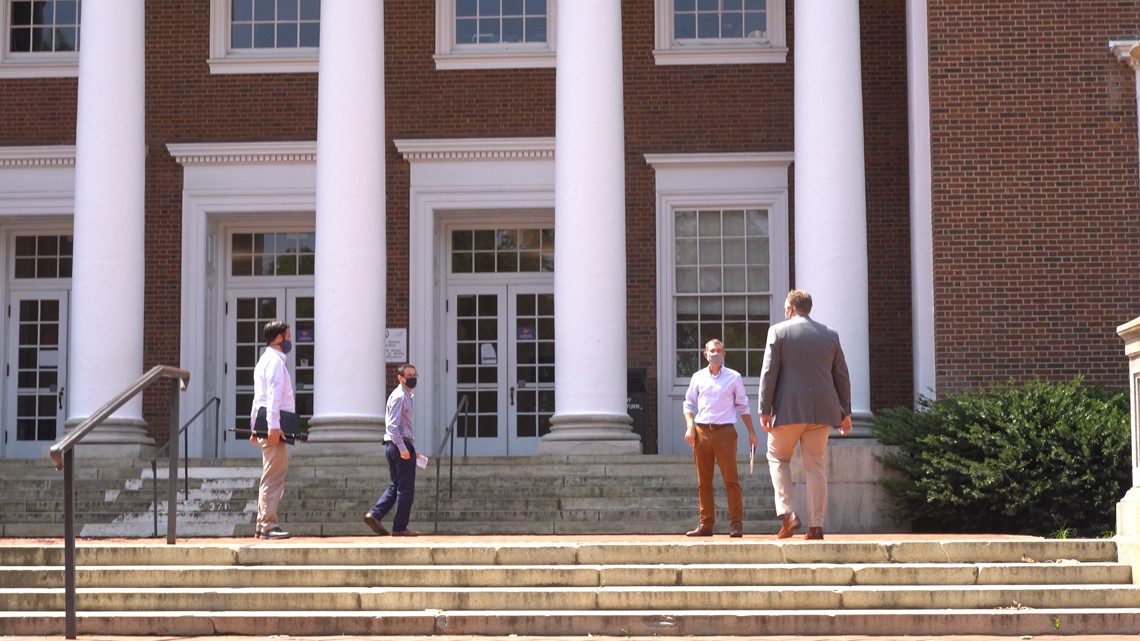
Imitating a regular semester
UVA’s typical on-campus enrollment is more than 22,000 undergrad and postgraduate students. University of Maryland - College Park counts more than 41,000 students.
Both campuses delayed in-person learning by two weeks, now scheduled for the middle of September, because of increased COVID-19 infection rates in their home counties.
UVA and other area campuses say they will strictly follow state and county orders when it comes to what’s legal when it comes to social gatherings. Signs are scattered around UVA’s campus mandating masks worn inside all buildings, and social distancing is still enforced.
Related Story: UVA and ACC in limbo
Professors are having to practice teaching classes under this new normal. Seats are filled with cardboard cutouts. Auditorium classrooms that would normally hold more than a hundred students are now at 30 percent capacity.


For UMD, finding innovative ways to bring students back to campus has also been challenging.
“This is the most complicated leadership passage of our times. There's just no doubt about it," UMD Vice President for Student Affairs Patty Perillo said.
Perillo explained why major universities simply don’t go fully online, citing certain majors and programs that rely on in-person instruction to be successful.
"For some of our students, and for some particular classes, like labs, or experiential learning, or capstone experiences, the in-person experience is really, really important," she said.
UMD will set apart students and faculty the same as UVA. It will also be doing its own contact tracing of those infected with COVID-19 and set up its own symptom reporting system.
"All faculty, all students and staff every day have to fill up the system symptom monitoring process, it's an app, it's online," explained Perillo.

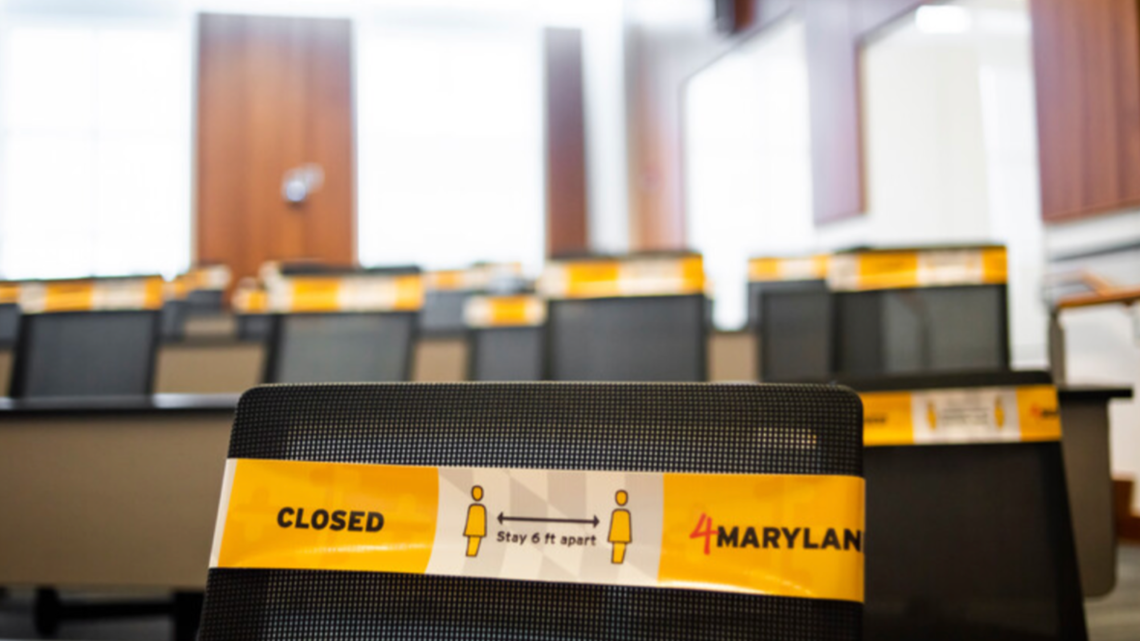
What about dorm life?
Enough rooms are available at both UVA and at UMD, say officials, to give most students their own space.
Students living on both campuses can have roommates, but they’ll have to agree to live in a sort of “family bubble,” keeping each other honest about not gathering in larger groups. Before move-in day, students will need to pass a COVID-19 test and quarantine until getting a result.
“If people violate those rules flagrantly, we do have options to the university judicial system to bring disciplinary actions," added Coy.
Both campuses say they’ll consider expulsion or referral to county prosecutors for misdemeanor charges if students hold or even attend large unauthorized gatherings.

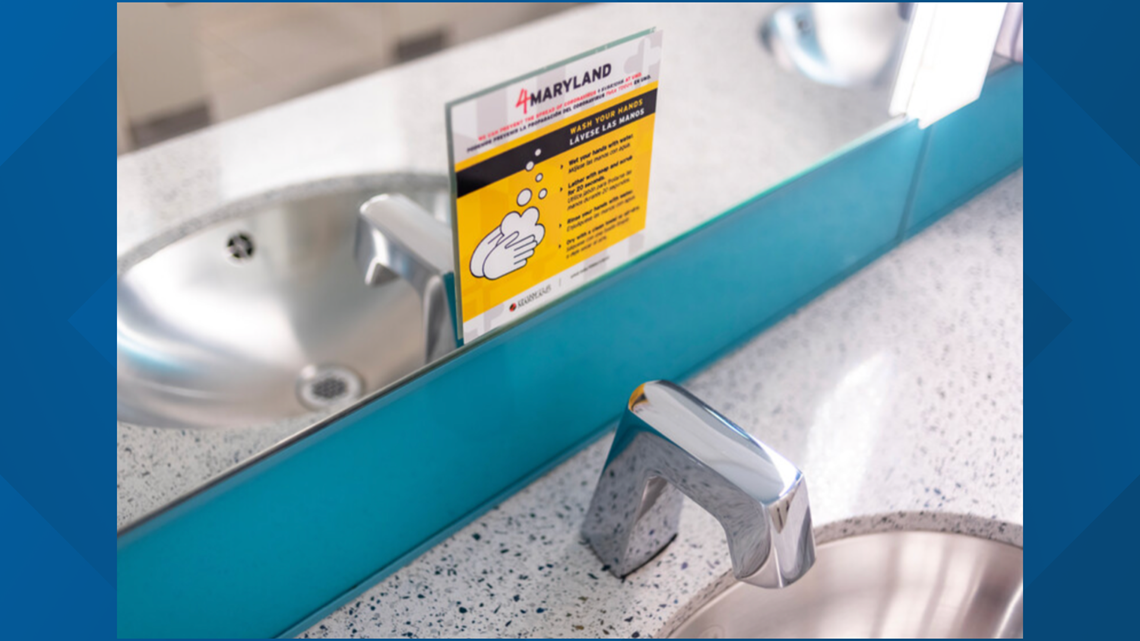
What about other universities around the D.C. metro?
WUSA9 also reached out to residential colleges and universities in and around the D.C. metro and asked about COVID-19 preparations and restrictions. The following quote excerpts from university spokespersons were chosen to highlight any unique opening decisions.
District of Columbia

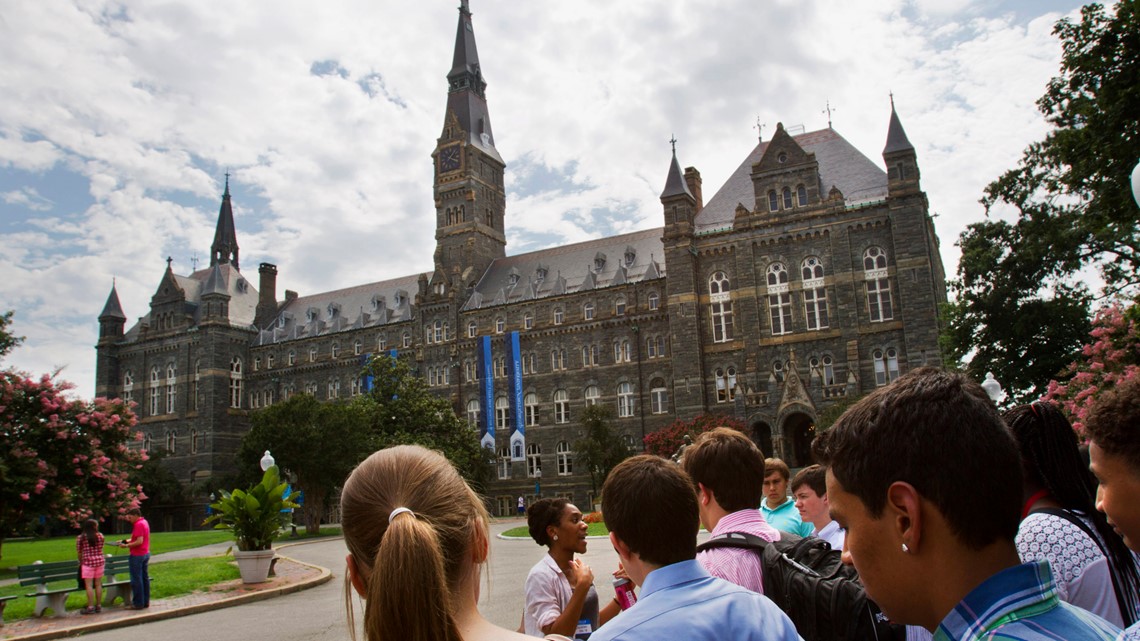
American University: "Offering all fall semester undergraduate and graduate courses online with no residential experience."
Howard University: "We have made the very difficult decision to move all undergraduate courses for the Fall 2020 semester fully online, and non-residential. The residence halls will be closed."
Georgetown University: "We plan to introduce in-person course elements as soon as health conditions permit."
George Washington University: "The fall semester will be virtual. GW is housing a limited number of students who have demonstrated that they have extenuating circumstances. Each student will have their own bedroom and share a bathroom with no more than one other student."
Catholic University: "First-year students who will be living on campus will have to comply with the Washington, D.C. quarantine mandate, so in-person classes will not commence until Tuesday, Sept. 8. Upperclass students and most graduate students will study remotely through virtual instruction. During the quarantine period, meals will be delivered to tents for students. After Sept. 8, there will still be mostly take-out options in the dining facilities. We plan to continue to utilize the tents for the semester for students to sit under while eating, and we will also utilize spaces such as the Pryzbyla Great Room for this purpose."
Gallaudet University: "Remains in Phase 1 of its three-phase reopening plan, and will conduct its fall semester entirely online. No decision has been made yet with respect to the spring semester. We are offering on-campus, single-occupancy housing to a maximum of 100 students, primarily those with no or unsafe living situations elsewhere, who have in-person internships in the greater Washington area, or who has a greater need for academic support that cannot be provided at their home."
Maryland

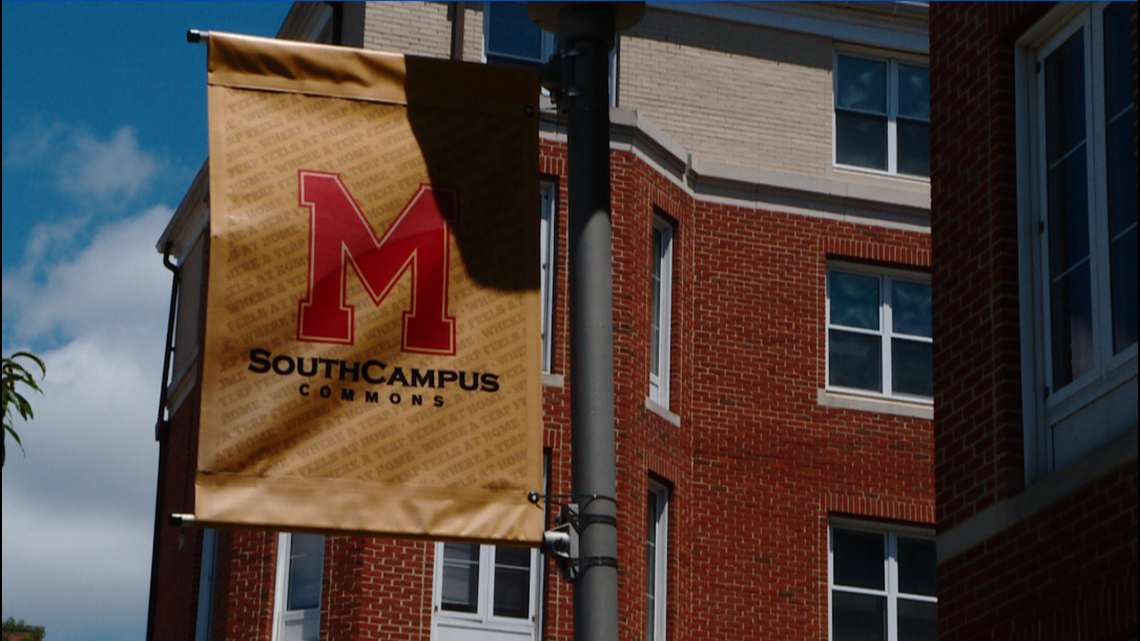
Frostburg State University: "Classes begin Monday, Aug. 17. All classes that are not fully online will be in a blended/hybrid format to reduce density and the time spent in person. All classroom space has been reduced to at most 50% of capacity, with certain spaces having more limitations if needed. We have very few large auditorium spaces. Our classes were mostly fewer than 25 to begin with. All residence halls have been converted to single rooms, so no one will have roommates."
Salisbury University: No answer.
Bowie State University: "The average occupancy rate for learning spaces will be 30% of the pre-COVID-19 occupancy. The total number of active course sections for the fall semester is approximately the same as the fall 2019 semester. Approximately 95% of classes will be online synchronous, with 5% scheduled as hybrid courses. All residents will have single rooms."
Towson University: "All classes will begin one week earlier, on Monday, Aug. 24, and will shift to fully remote learning after Thanksgiving break, on Monday, Nov. 30. All students will vacate the residence halls before Thanksgiving break. Housing & Residence Life will work with students requiring an exception due to hardship"
Allegany College of Maryland: No answer.
St. Mary’s College of Maryland: "We are using a phased move-in approach with first-year students moving in August 15, and the remaining students moving in August 23, August 30, and September 6 & 7 depending on their residence hall. The total number of classes offered this fall has slightly increased due to a bigger incoming class and a new curriculum. Last fall 2019 we offered 370 sections of regular courses. This fall 2020 we are offering 399 sections of regular courses."
Hood College: "Classes begin on Monday, August 17. Students could request a single room; we are allowing roommates, but not triples. There was no agreement to quarantine together – we have isolation/quarantine space to do so separately."
Morgan State University: "All undergraduate courses will be online/remote for the fall semester, with the exception of a small number of Nursing and ROTC courses. We will provide housing on campus and in campus-leased housing only for a very limited number of students who have extenuating personal or academic circumstances.None of the courses scheduled to be available this fall were eliminated."
Washington College in Chestertown: No answer.
Virginia

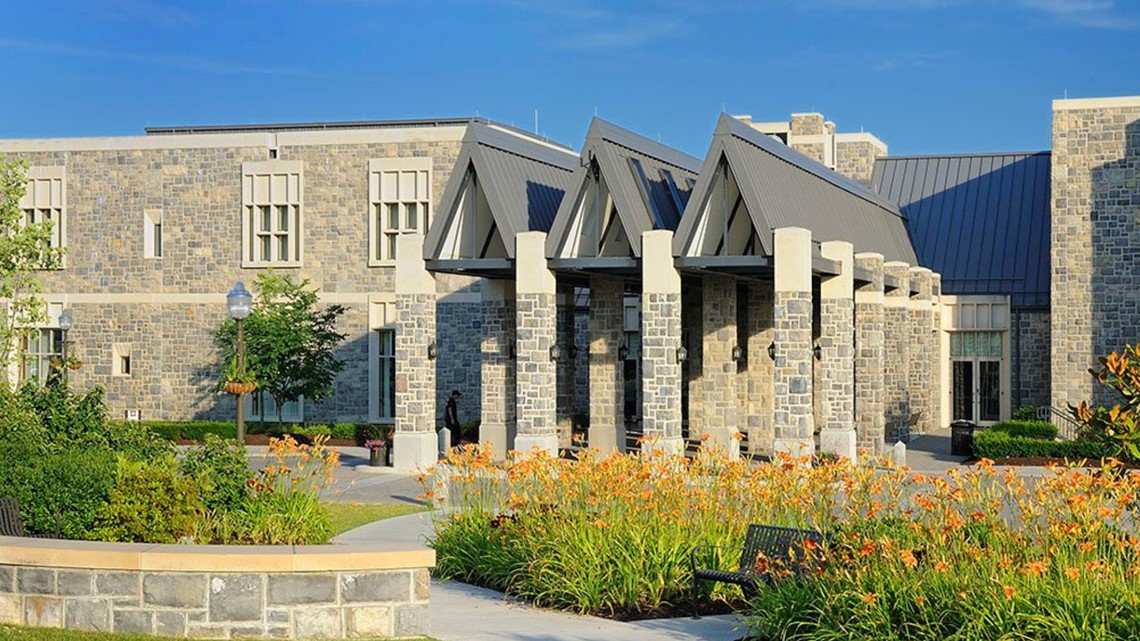
Virginia Tech: "The capacity of most Virginia Tech classrooms has been reduced by about 75%, with a cap at 49 students. Many students in residence halls will have roommates. Residence halls are places where students come together, and are considered 'congregate settings' by design. While reducing density in residence halls would make them easier to manage from a public health perspective, the resulting increase in density in off-campus housing could counter that advantage.To strike that balance, we will populate the residence halls with single and double occupancy to the extent possible and consider roommates as we would members of a family who live together."
George Mason University in Fairfax: "We are opening on time for the semester on Aug. 24 with a mix of in person, hybrid and online class options. We expect to have 3,350 residential students on the Fairfax Campus, most in single-occupancy spaces, unless they requested to be with a roommate. Reservations can be made at two dining halls on campus through Yelp."
Marymount University in Arlington: "Our Ballston Auditorium normally has 206 available seats – to maintain social distancing, that number has been trimmed to 18, and it now seats 8.7 percent of what it used to seat. At our Reinsch Library Auditorium, there are normally 150 available seats – now, that number is 20, and it now seats 13.3 percent of what it used to seat. Students living in our suite-style buildings, which have semi private bathrooms, will have roommates. Students living in traditional-style halls with community bathrooms will not have roommates.
William & Mary College: "All members of our community must affirm our Healthy Together Community Commitment, participate in our Daily Health Check App (we developed this tool and led a statewide collaboration with other universities) and also complete our five-part “Healthy Together” video training series."
University of Mary Washington: "It depends on the configuration of each room, but we allowed for 64 square feet for each person. For example, a typical classroom for 30 now holds nine. Students can and will have roommates. We have designated quarantine spaces; our current plan is not to have roommates quarantine together unless they both test positive. At this point, we are planning take-out only, using a Grubhub app and a variety of grab-and-go options. We have tents set up on our lawn for socially distanced outdoor dining."
Virginia Commonwealth University: "Classrooms have been redesigned to provide each student with 36 square feet of space and occupancy is capped to a maximum of 50 people in all classroom spaces. VCU has reduced the number of students living in residence halls to promote greater physical distancing but students can have roommates. They would quarantine together if necessary. A student who tests positive for COVID-19 will move to an isolation unit on campus.The dining hall is capped at 50 percent of its occupancy with six feet of space between guests."
James Madison University: "We are utilizing social distancing of four to six feet between students to set-up classrooms. If there is a classroom that cannot be accommodating, we will use hybrid learning to have only certain students present on certain days, while the rest of the class attends virtually. Some students will have roommates on campus. Dining capacity is reduced by 30%. We are also encouraging students to participate in takeout options. Robots will also be utilized to deliver food to students if requested.
Washington & Lee University: No answer.
Shenandoah University: We’re also making plans to hold classes and other small-group activities in spaces normally reserved for large events so that everyone has room to physically distance. This means classes could be in a number of auditoriums on the main campus, or even in one of our new outside classrooms. Just to note, Shenandoah has an 11:1 student to teacher ratio and most of our classes don't exceed 25 students, so we will be able to maintain our typical occupancy rates in many of our learning spaces while still adhering to CDC standards. We are offering the same amount of courses and will do so through our ShenFlex model — a hybrid model where students can choose to learn face to face or online, or both.
Liberty University: "Classes are still scheduled to resume on Monday, August 24. Liberty University has announced it is developing plans to be fully open with in-person instruction for on-campus students this fall. Classroom and instructional density will be reduced as appropriate. In order to mitigate risk in teaching environments, the Virginia Department of Health guidelines is being observed."
Longwood University: No answer.
Patrick Henry University: No answer.

